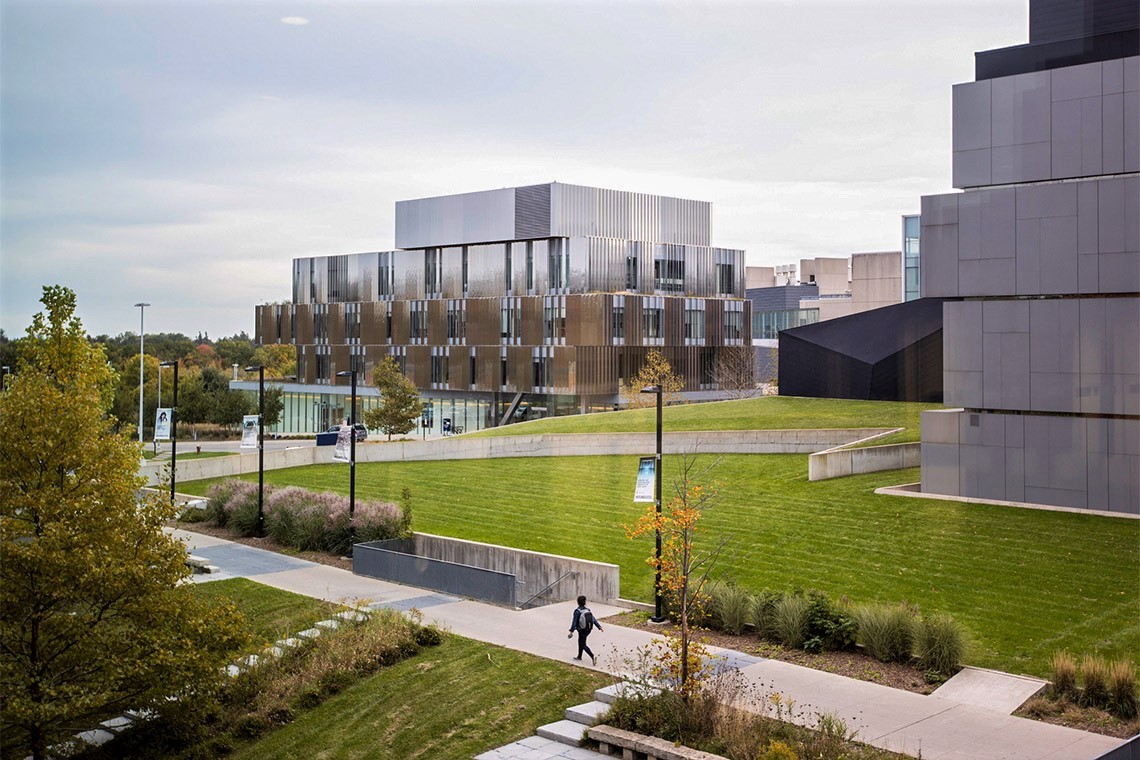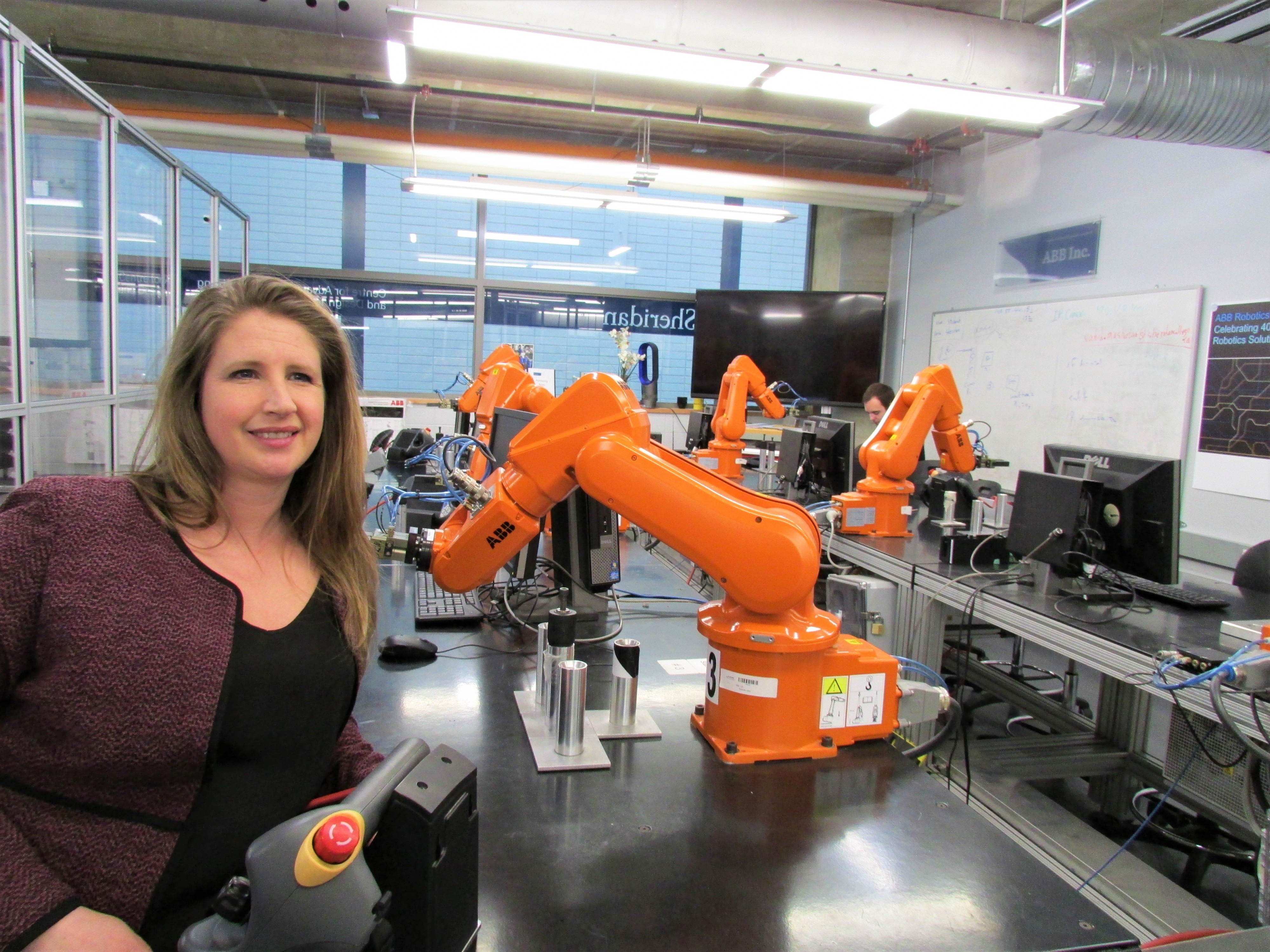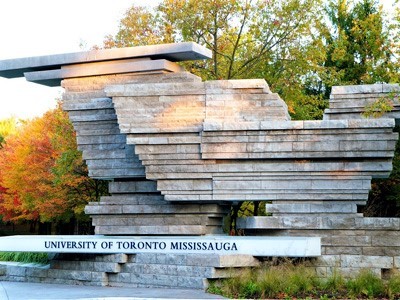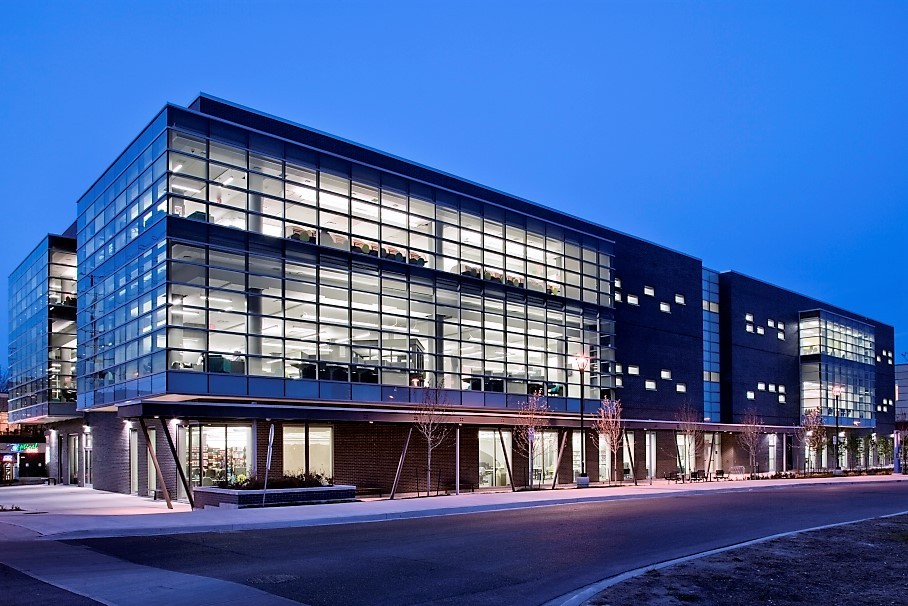
Postsecondary experience for students and schools will be drastically different in the age of COVID
When the end of the 2019-2020 semester shifted online, students lost a big piece of their postsecondary experience, especially those graduating, who missed out on the chance to don a gown and walk across the stage to accept their degree.
Now, with the peak of the pandemic in the past but physical distancing orders still in place, and concerns of a second wave hanging over us, it leaves students wondering how their fall semester will look in the aftermath of this historic societal shift.
Students like Alexis Dugas, who is going into her second year of the French nursing program at Laurentian University, feel their school isn’t communicating properly about what to expect this fall.
“In regards to the fall semester, I feel like I’m left out in the dark, if I’m being honest,” she said.

Sheridan College's acclaimed robotics program will be difficult to teach without direct access to the sophisticated lab equipment
The shift to online learning poses difficulties for Dugas’ program, where it’s extremely important to get hands-on learning experience with a lot of clinical experience to prepare for the demands of hospital work.
Many of her classes also require lab time working closely with other students.
In August, Dugas and her classmates were supposed to take a refresher course before the school year starts, but she questions how the mostly technical instruction will be done online.
“Because techniques and seminars are done in person I think our professors are equally just as lost at what’s going to happen,” she said.
If her classes end up being exclusively online, Dugas said she will not return to the campus in Sudbury, even though she has already paid a deposit for her student residence. She’s just as nervous about classes being online as she is about sharing a kitchen and bathroom with other students she doesn’t know.
“What I’m most concerned with is that [the university] will focus on safety precautions and having everyone social distance, that I think our school work and our classes will be the least of their priorities.”
In an email sent to students that was obtained by The Pointer, Laurentian University said it will be updating students at the end of June with a complete list of face-to-face classes. The school also announced it’s in stage-one of reopening the campus with research labs now getting the go ahead to open.
It’s not just students hoping for normalcy in their post-secondary experiences. Vice-Principal, Academic and Dean at the University of Toronto/ Mississauga (UTM) Amrita Daniere hopes current plans for the fall semester will go ahead.
“We really miss them [students], I cannot wait until they’re back here.”

UTM’s campus is located in the heart of Peel, where, because of higher infection rates, the shift into phase-2 of the provincial government’s plan to reopen the economy has not yet been allowed by Queen’s Park.
UTM plans on following the provincial guidelines to make sure all its students and faculty are safe during the fall term. Current plans for the return are quite optimistic and detailed compared to some other post-secondary institutions.
One proposal is to offer a select few students the opportunity to be on campus where learning will take place in traditional lecture theatres and classrooms.
“What we’re hearing is that a classroom for 500 people may be allowed to accommodate 100 students under the current physical distancing guidelines of six feet,” Daniere explained.
Those 100 students that sign up for the in person version will go to a lecture theatre while the rest of their classmates will take the same course but remotely. The spots for in-person classes will be on a first come, first served basis but will accommodate students with accessibility needs first.
If a student is unable to get into the in-person version of the class, most of the faculty have agreed to enhance the remote learning experience by offering in-person activities such as tutorials, discussion groups and certain types of dynamic, collaborative presentations.
“We’re really trying to emphasize with all our faculty members that even though they may prefer to do the remote version only, that they are highly encouraged to have other course activities take place in person,” said Daniere.
Anyone familiar with academic culture knows, unlike teachers who have to conform to strict educational guidelines set by the province and school boards in elementary to high school, professors enjoy great latitude over how and what they teach. It’s the culture of academia, one that will be tested this fall more so than ever before.
Students will likely respond very quickly to those instructors and professors who do not meet their expectations. The service model of higher education, with stiff tuition fees, especially for international students, will be put to the test.
Of the thousand classes being offered at UTM, only about seven had to be cancelled for the fall term. They are too technical or cannot be taught without direct, close physical interaction.
Another significant disruption to the entire university and campus experience is the absence of all sports at least until the end of 2020.
Earlier in the month, Ontario University Athletics (OUA) announced the cancellation of all OUA-sanctioned sports, including various athletic programming, tournaments and even championships, until at least December 31.
It’s a huge blow for all student-athletes who will essentially lose an entire year of their dreams, particularly those who end up graduating and have played their last game or competed in their last event, without getting the opportunity to enjoy a final season.
It’s also a significant loss for school spirit and the entire postsecondary experience, as students across Ontario won’t get to participate in the traditional culture of athletics so integral to campus life.
The pandemic is impacting people across the postsecondary landscape.
Late May, provincial unions and their health and safety committees called on Minister of Colleges and Universities Ross Romano and Minister of Labour Training and skills development Monte McNaughton to have them get directly involved with reopening plans being devised by postsecondary institutions.
The unions represent a large majority of the province’s post secondary students, faculty and staff and they want to ensure that schools will be taking precautions to keep everyone safe. They are asking to consult a wide range of stakeholders, such as custodial staff, who will play a large role in the reopening of colleges and universities, before making final decisions.
In the fall, UTM hopes that residences, dining services and some form of in-person orientation will be taking place. Students that come from out-of-province will have the opportunity to self-isolate, potentially in a hotel provided by the school, with food and daily visiting for the required 14 days.
However, if all goes awry and strict quarantine needs to happen again, UTM says it will follow the advice of provincial health officials and move all classes back online, while shuttering the campus.
UTM isn’t able to give out its expected incoming student number, but Daniere said, “it wouldn’t surprise me if the COVID situation manifested itself into lower numbers.”
Similar to UTM, Sheridan College, which has campuses in Mississauga and Brampton, says it is trying to be as creative as possible to offer classes and the best student learning experience possible.

Sheridan College's Brampton campus likely won't be as busy this September
“Challenging times require creativity and innovation,” said President of Sheridan College, Jane Morrison.
She understands that both Peel campuses are still under phase-1 of reopening because of the higher recent infection rates here, which means the school will continue to uphold its commitment to protect students and staff. Only its Oakville campus has moved into phase 2, but there are indications from local elected officials that Peel could be allowed to move into phase-2 as early as next week.
If all continues to go well in the province, Sheridan is hoping to offer more classes alternatively and then move into a hybrid model to allow students in classes again. The college is hoping to teach students a lot of theory through certain platforms with more creative, applied activities to keep them engaged in classes.
“There’s broad consensus that attending college or university in the fall is going to look different, but different doesn’t necessarily mean entirely remote,” said Morrison.
In May, the school communicated clearly to students, she said, about which classes will be offered remotely and which will be on campus, with safety precautions that will have to be adhered to by everyone on campus.
Courses for skilled trades, chemistry and technician programs are a priority for keeping in classroom or lab settings, where possible. Again, Sheridan said this is subject to change as the viral spread will dictate all future plans and the province implements appropriate guidelines in response.
For Morrison it’s very difficult to predict the number of new students that will be coming to Sheridan in the fall, but she said the college is anticipating lower enrolment numbers compared to recent years. With the uncertainty surrounding the pandemic and the financial hardships students have faced, it has left many uncertain if they will return to school in the fall.
“Everything is in such a state of flux,” Morrison said.
With all that students have to face, some still are determined to start their post-secondary education. Kate Milroy, a grade 12 student at Sacred Heart High School in Ottawa said she will be attending Carleton University in the fall for psychology.
“I decided that if it’s going to be four years of university I might as well start now, that way I at least have a jump start on things,” she said.
Milroy said that many of her fellow classmates that were planning on attending college are more uncertain than those planning on attending university, partly because of the requirements of many technical and vocational college programs that demand more hands-on learning.
While those who ended their postsecondary journeys without a graduation ceremony, those just about to enter the university or college world are left off-balance, with typical orientation plans even up in the air.
They might move online. With the likelihood of classes also being offered in virtual spaces, Milroy, like thousands of others, feels disappointed that she won’t be getting the first-year university experience she hoped for. It’s a rite of passage that will look very different this fall.
Email: [email protected]
Twitter: taasha__15
COVID-19 is impacting all Canadians. At a time when vital public information is needed by everyone, The Pointer has taken down our paywall on all stories relating to the pandemic to ensure every resident of Brampton and Mississauga has access to the facts. For those who are able, we encourage you to consider a subscription. This will help us report on important public interest issues the community needs to know about now more than ever. You can register for a 30-day free trial HERE. Thereafter, The Pointer will charge $10 a month and you can cancel any time right on the website. Thank you.
Submit a correction about this story


